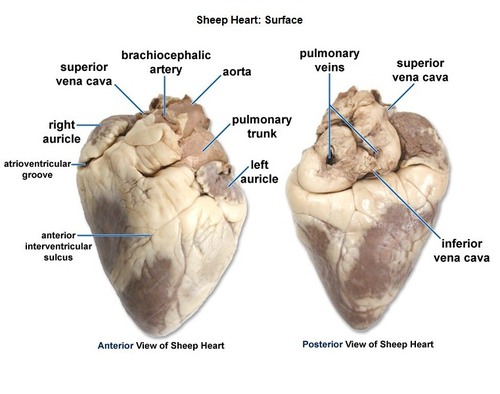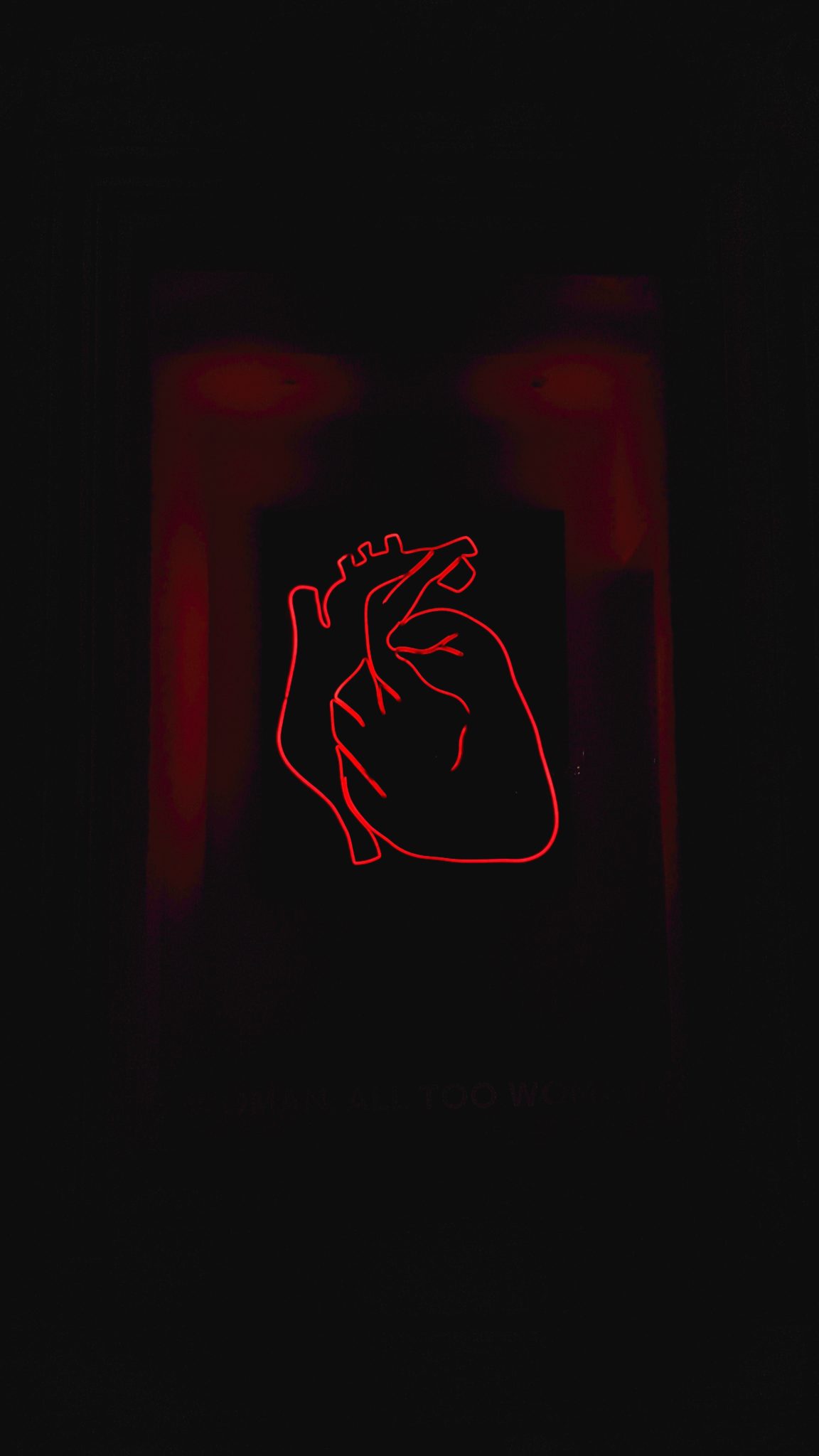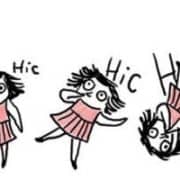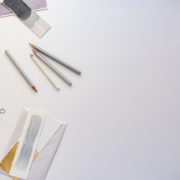Your heart is about the same size as your fist. A sheep’s heart, just like a humans heart has four chambers. Reading textbooks about the anatomy of the heart is indeed really interesting but hands-on experiences are a totally different ball park. This sheep heart dissection got my blood pumping while learning about how your heart pumps blood all over your body.
But before you start safety is very important. Make sure you are the only person holding the heart when you are making an incision. So even if your scalpel makes contact with your hand, you will feel it right away and withdraw. Because the last anyone wants is to lose a finger.
Outside the Sheep’s Heart
Recognize the right and left sides of the heart. Look carefully and on one side you will see a slanting line of veins that divides the heart into two. The tip on the bottom of the heart if called the Apex. When you first start and make your incision start at the Apex. There are two little ear-like folds are called auricles. These auricles are only visible from the front side of the heart, it’s another indicator you can use to ensure that you are looking at the correct side. Next to the auricle on the right side will be a big opening known as the Superior Vena Cava. The Vena Cava brings blood from the top half of the body to the right atrium (the atria are the top most chambers in your heart).
Inside the Sheep’s Heart
Now you have to make the first incision. This is called a coronal cut. It’s a cut from the tip of the apex all the way up to the top of the heart. After you open up the heart you will begin to see many more arteries and veins.  A little down and to the left of the superior vena cava there is another blood vessel opening. This is called the inferior vena cava, it’s job is to bring blood from the lower tissues and organs in your body. You can also see another blood vessel next to the left auricle. This is a pulmonary vein that brings blood from the lungs into the left atrium.
A little down and to the left of the superior vena cava there is another blood vessel opening. This is called the inferior vena cava, it’s job is to bring blood from the lower tissues and organs in your body. You can also see another blood vessel next to the left auricle. This is a pulmonary vein that brings blood from the lungs into the left atrium.
One thing that really stood out to me the most during the heart dissection was the cordae tendonae. These are more commonly known as heartstrings. Their job is to hold the valves of the heart in place and they basically hold the whole heart together. Another thing I realized was that the arteries and the veins weren’t as defined as I thought they were going to be. It was more like one big mush of muscle. Dissecting a heart gives you a first hand simulation of surgery and how hard it really is and how much patience it takes. I strongly recommend this to anyone who is interested in the medical field.







